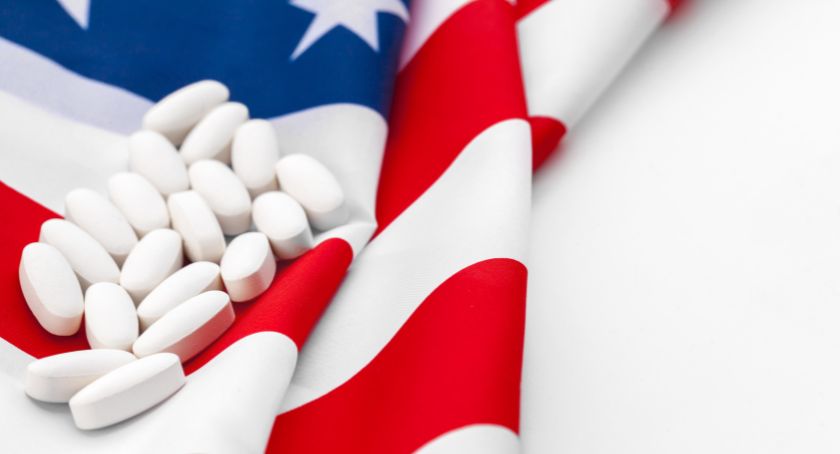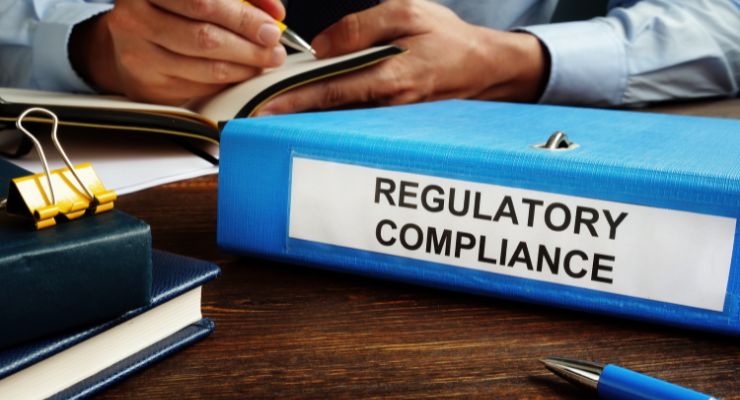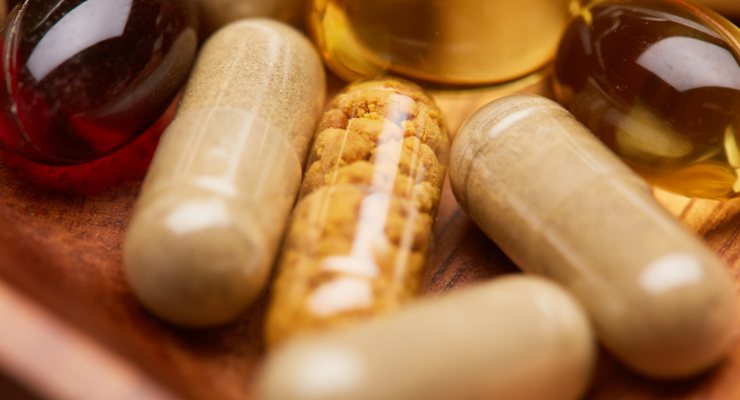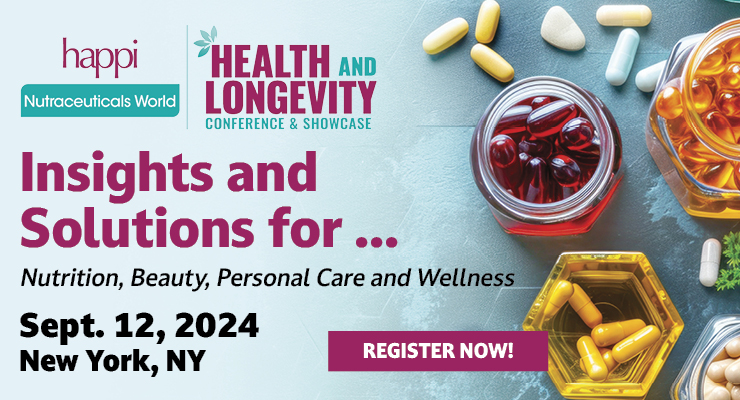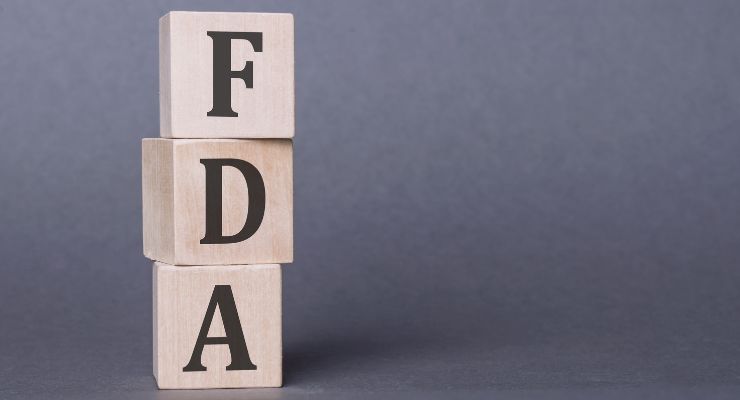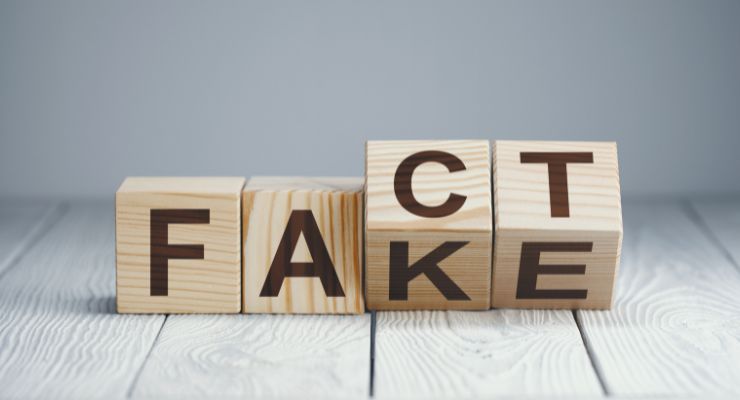Columns
A Wish List for the Dietary Supplement Industry for 2025
Standardizing definitions, education about the true cost of quality, and advocating for clear labeling can help foster next-level integrity.

By: Melanie Bush
Vice President of Science & Research
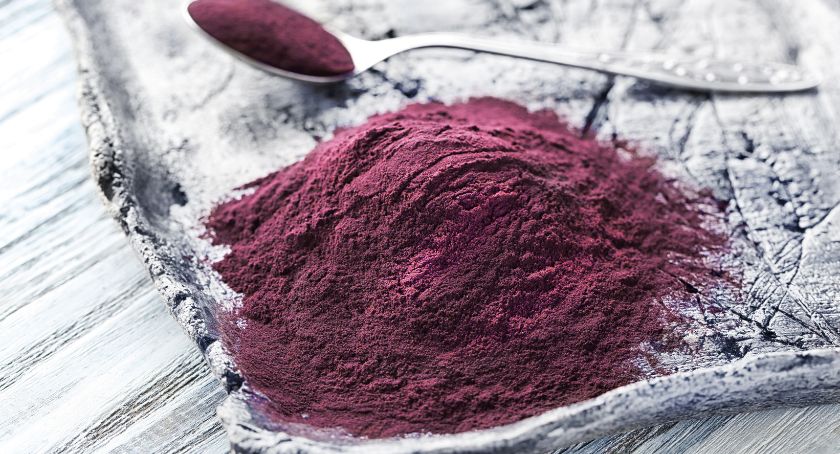
With this year winding down and another about to begin, it makes sense to reflect on the past and look ahead. Our industry has surely come a long way in a relatively short amount of time — ideating, innovating, and developing products so consumers can live more healthfully and happily. But to truly do right by the consumer, there’s still plenty of room for improvement — especially with regard to education and communication.
At Artemis, we believe there are several ways our industry could be tremendously improved. For starters, standardizing definitions, promoting the critically important concept that high quality almost always comes at a high(er) cost, and advocating for clearer labeling requirements are all reasonable ways we can do better and take our industry to the next level of integrity. Vowing to make products that are transparent and reliable — and holding one another accountable to the same — would also work wonders when it comes to consumer confidence.
Our vision is a bold, bright 2025 in which our industry comes together to address shortcomings and manifest positive change. To turn the dream into reality, these four things top our wish list.
#1: Standardized Definitions
Yes, there are regulations that govern the dietary supplement industry. But certain definitions are still not fully standardized and consistently used across the board. Over the years, individual industry organizations and international regulatory bodies have tried to help with this, but with middling success at best. As an ingredient supplier we still see confusion, inconsistencies, and sometimes even a dispiriting lack of concern about both.For example, some companies choose to rename or redefine a product type for their own internal or product labeling purposes. A standardized extract might be purchased, but then the purchase order describes it as a “concentrate,” and then the end product might list “concentrate” on the label. This is not necessarily intended to be deceiving, but it is inconsistent with what other companies might state on their labels for the same ingredient. This results in finished products with product descriptions that are all over the place, leaving the consumer unsure of what ingredient forms were used, or what the differences might mean for them.
The definition of an extract is a theme that continues to come up. Some companies interpret what constitutes an “extract” differently than others, which has a domino effect when their paperwork cites an extract — that others would not consider an extract — represented as such on the finished product label. Clearly this flirts with both factual and ethical concerns. On balance, we also see many above-board companies focusing on integrity, willing and wanting to replace any questionably sourced extracts with authentic ones.
We need clear, standardized definitions of product types and forms that the entire industry utilizes consistently. Some concrete examples: What is a whole fruit powder versus a 100% fruit powder? What constitutes an extract? Can an extract also be a concentrate? What types of extraction or processing steps change the botanical enough to make it need a Generally Recognized As Safe (GRAS) evaluation or New Dietary Ingredient (NDI) status? What does the “extraction or equivalence ratio” mean and when and how can it be used for marketing purposes? The list goes on.
#2: Clearer Labeling Requirements
Clear, standardized definitions go hand in hand with communicating those details onto labels. We need to get to a point where how we describe ingredients on product labels helps consumers make informed decisions.Case in point: A consumer may choose a product labeled “500 mg of elderberry powder” over one labeled “250 mg of elderberry extract,” simply because 500 mg seems more potent than 250 mg. However, this is not necessarily the case, depending on the specific ingredients. In other words, the consumer may unwittingly buy a weaker product.
In addition to clear descriptions of functional ingredients, we need labels that are overall consumer friendly. One issue that has mixed reviews is the use of “extraction ratios or equivalence ratios” on labels. Manufacturers can define these differently, so it is not always a consistent way to measure the quality or concentration of an ingredient. And when it comes to these ratios, quality and quantity may be relative. For example, if poor quality raw material that contains low levels of certain actives is used, significantly more would be needed to achieve a standardized concentrated ingredient.
On one hand, these ratios can help provide more detail about a particular ingredient and to offer a sense of the level of concentration. However, broadly stating that the ingredient used in a supplement is “equal to” a back-calculated amount of fresh fruit can be misleading, because components of the original fruit may be lost in the processing. In many cases, it would be more accurate to describe the equivalence as the amount of fruit the ingredient was “made from” instead of “equivalent to.”
Another labeling issue that confuses consumers is marketing around a particular ingredient that may be used only for color or flavor. Consider an “Elderberry Immune Gummy” made with just enough elderberry to offer some purple tinge or an element of tart-sweet taste, but not enough to support immune functionality. In that case, a consumer may very well assume they are getting something they are not.
It is crucial for brands to act responsibly with how they market functional ingredients and which high-quality ingredients they use. After all, making a product that actually works will promote repeat sales with consumers that benefit the brands too, so everyone wins. The alternative is having consumers lose faith in certain products that were formulated solely to keep costs down and don’t provide the benefits consumers seek. In that scenario, we all lose.
#3: Understanding the Cost of Quality
This is a complex topic, one that merits its own article in the future. But in general, there are ingredients in the marketplace that are priced unrealistically low to be an authentic, high-quality product. Yet buyers, under continued pressure from upper management to cut costs, fall for it. But there is a basic cost structure involved in producing an authentic, high-quality botanical ingredient, which constitutes a necessary baseline cost.For example, a so-called elderberry extract with raw materials sourced from Europe, manufactured in another country, and then brought into the U.S., all for $17/kg, should make any buyer skeptical. Even if laborers are charged unlivable wages, the math doesn’t work to procure enough raw materials of any significant quality (meaning, not depleted pomace that has been through multiple processing steps already) and pay for shipping. Regardless of what may be stated on a Certificate of Analysis, suspiciously low pricing should automatically raise a red flag. In many cases, the ingredient ends up being adulterated or of extremely low quality, and ineffective.
But how are buyers to know this? Realistically, every supply chain and associated pricing isn’t common knowledge for every possible botanical ingredient. That is where we as an industry need to band together and create guidance and educational training to assist industry members to source responsibly and knowledgeably, and to help consumers do the same.
#4: Education to Buyers, Brands, and Consumers
Education and communication fuel success in nearly every aspect of life, and the natural products, functional food and beverage, and supplement industries are no exception. Whether it is education for R&D employees formulating the products, to buyers sourcing and purchasing for their companies, for marketers deciding how to communicate to consumers, or for consumers themselves about what to look for in a product, education can empower everyone to make more informed decisions.Sure, sometimes companies may intentionally turn a blind eye to sourcing the highest quality ingredients or formulating with usage rates that are meaningful. However, in many cases, people may just not realize there are shady offerings that create noise and confusion. Each botanical ingredient presents its own set of sourcing challenges, pricing structures, actives and definitions, and test method variations that require education to truly understand.
Conclusion
The positive energy and thoughtful discussions buzzing throughout SupplySide West signify an industry with many companies on board to doing things right. But it will take collaboration, industry-wide self-policing and enforcement, and a robust educational system to put these important concepts into practice. Artemis is up to the challenge. Are you with us?About the Author: Melanie Bush is vice president of science and research at Artemis International. With more than 15 years of experience at the company, her responsibilities span several departments including quality assurance, R&D, and technical sales support. She enjoys spearheading new research in the field of dark berry extracts and communicating the ever-evolving science of berry phytonutrients.



